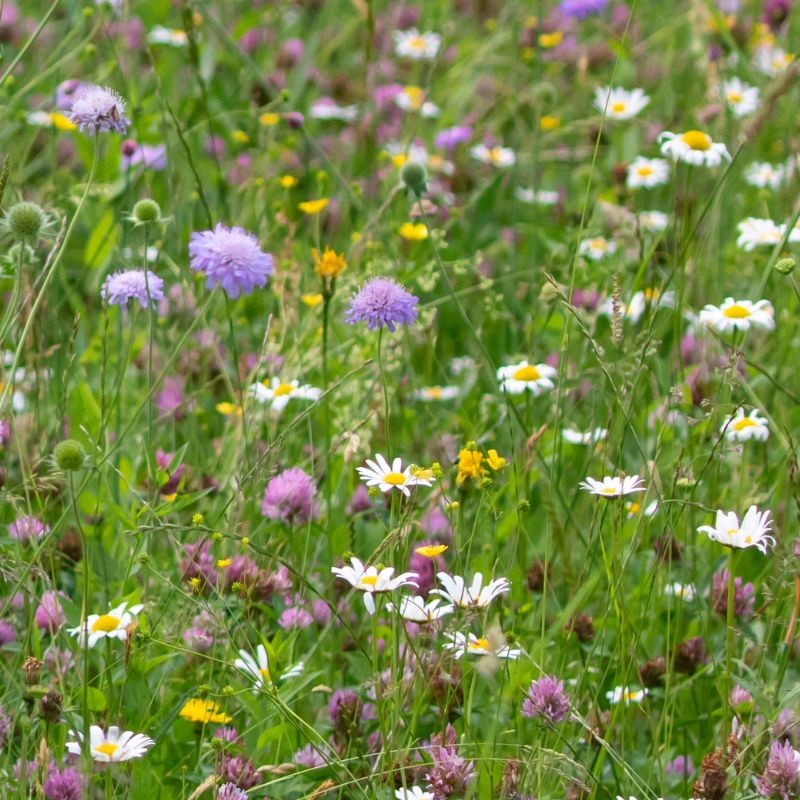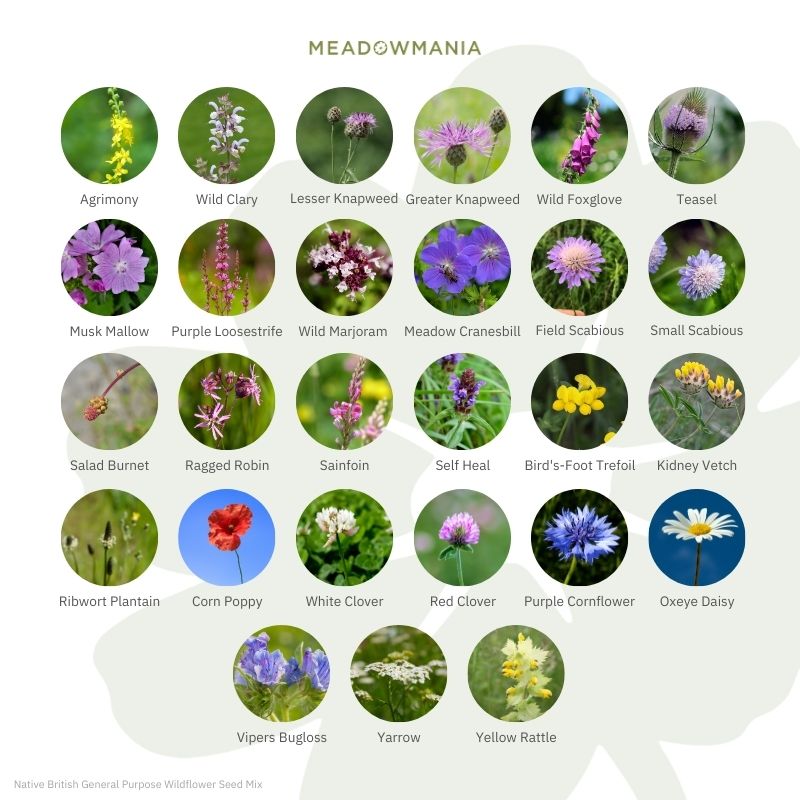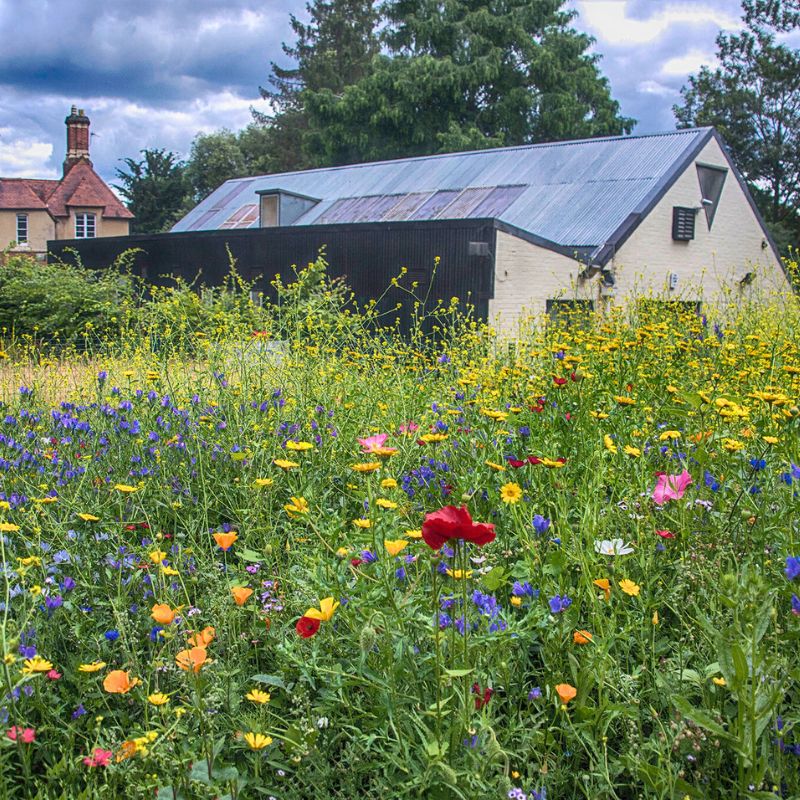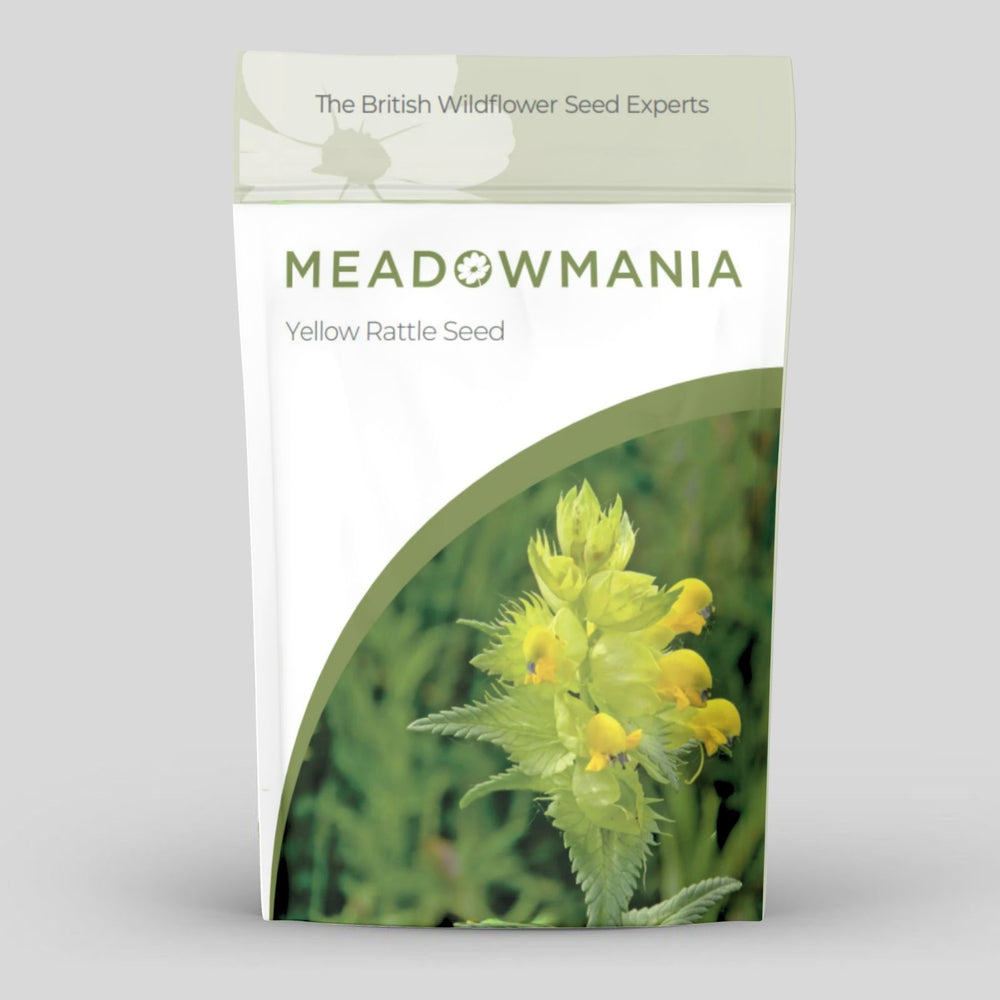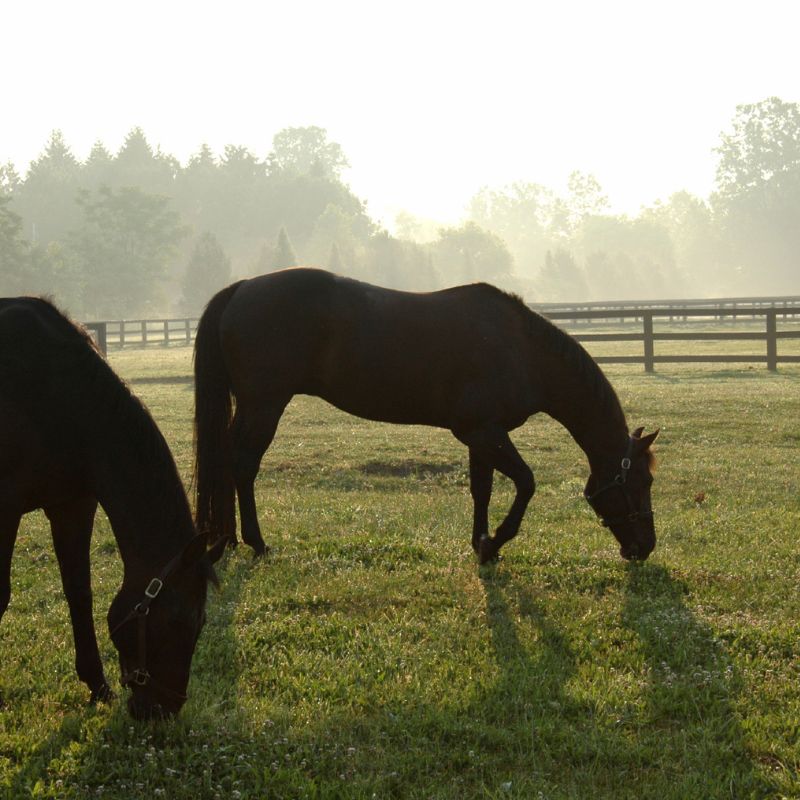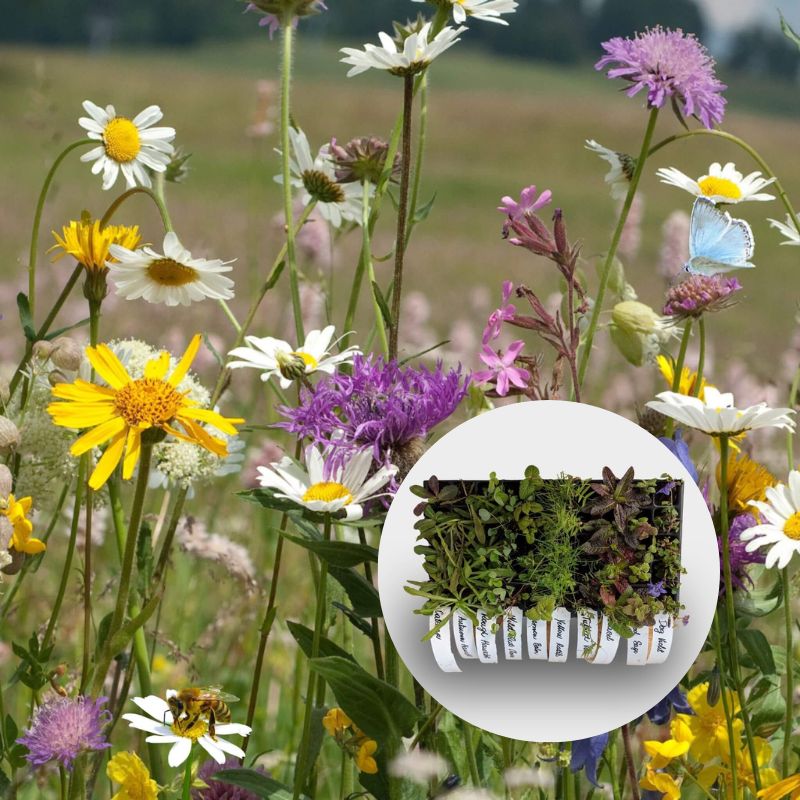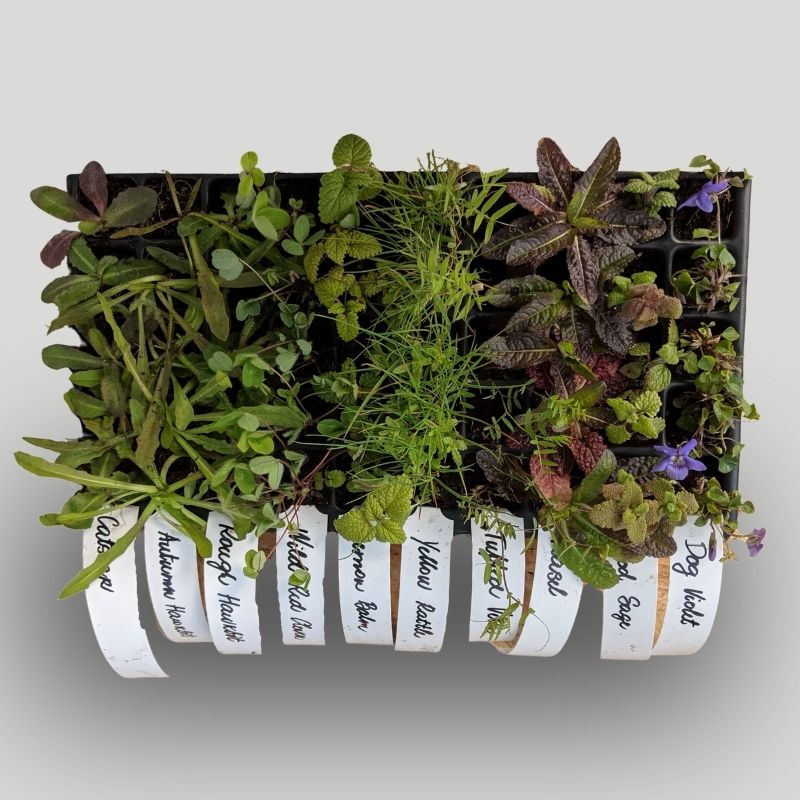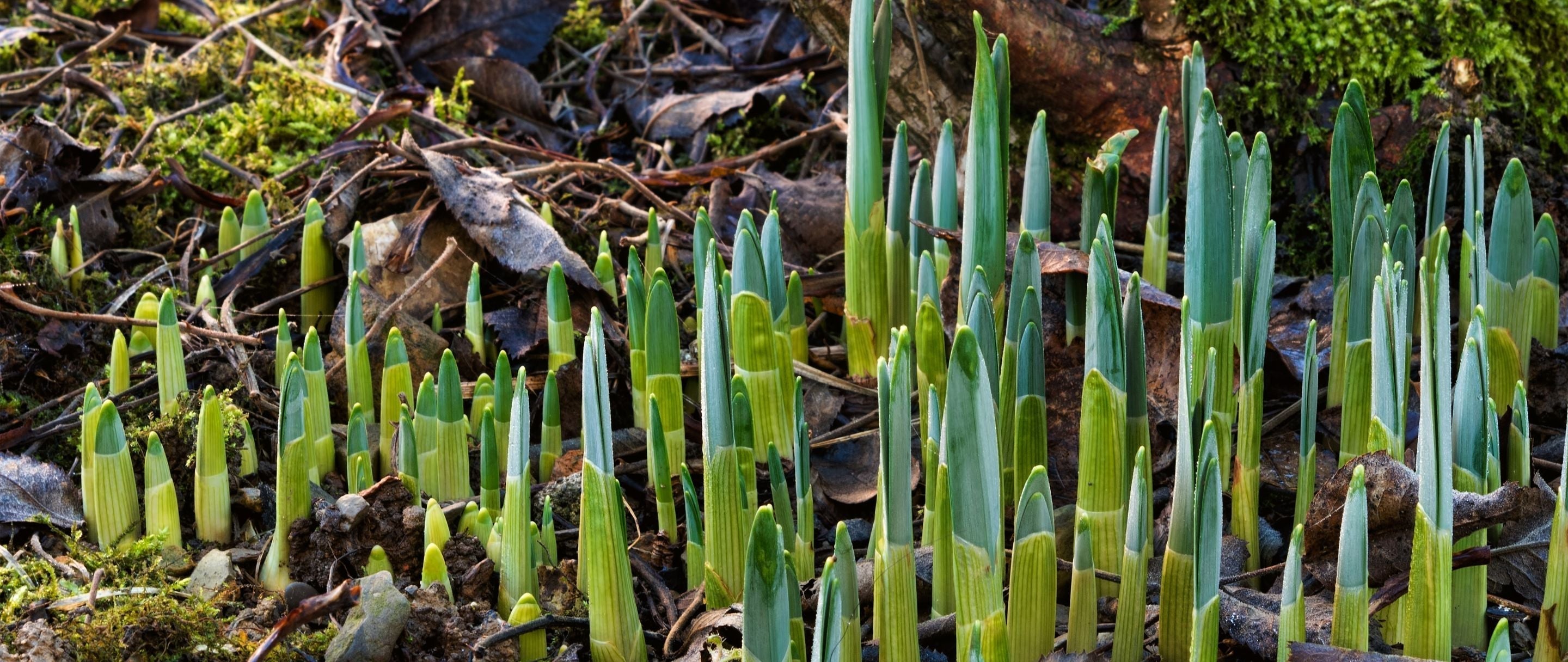
Why Do Wildflower Bulbs Come Up Blind?
It can be disappointing when carefully planted wildflower bulbs emerge in spring with healthy leaves but no flowers—a condition known as “blindness.” While the foliage may look strong, the absence of blooms indicates that the bulb hasn’t produced a viable flower bud. This typically means that the bulb failed to store enough energy during the previous growing season.
Bulbs rely heavily on photosynthesis in the weeks following flowering to recharge their carbohydrate reserves. These reserves are essential—not just for leaf growth, but to support the development of next year’s flower bud, which often starts forming shortly after the current season's flowering finishes. If conditions weren’t favourable—due to poor light, early removal of leaves, nutrient-poor soil, or environmental stress—the bulb may not build up enough energy to flower the following year. In these cases, it prioritises survival and foliage growth, deferring blooming until conditions improve.
What Does "Blind" Mean?
In gardening terms, a bulb is “blind” when it produces leaves but fails to flower. The bulb is still alive and growing, but hasn’t stored enough energy to support a bloom.
Why Do Bulbs Come Up Blind?
There are several reasons bulbs might come up blind, and they’re often linked to what happened last year rather than this spring. Here’s a closer look at the most common causes.
1. Leaves Were Removed Too Early
After flowering, the leaves continue to work hard—photosynthesising and storing energy in the bulb. Cutting them back too soon, mowing over them, or shading them can interrupt this process. Without that post-bloom energy recharge, the bulb may not form a flower bud for the following year.
2. Poor Drainage or Soil Conditions
Bulbs do not perform well in heavy, compacted, or waterlogged soils. These conditions can lead to root stress, bulb rot, or nutrient imbalances, all of which can interfere with flowering.
3. Overcrowding
As bulbs multiply over time, they can become congested in one area. Crowded bulbs compete for light, space, and nutrients, leading to reduced flowering and more frequent blindness across the clump.
4. Unfavourable Weather the Previous Year
Bulbs begin forming next year’s flower buds immediately after flowering, during late spring and early summer. This process, known as flower bud initiation, is sensitive to environmental conditions. A particularly hot, dry, or stressful summer can halt or limit flower bud formation. For example, if last year saw a dry spring followed by a heatwave, bulbs may have gone into survival mode, failing to form buds at all.
Bulb Immaturity: A Common but Overlooked Cause
Some wildflower species—especially native or naturalised types—don’t always flower in their first year after planting. Bulbs such as bluebells, wild daffodils, and wood anemones can take 2–3 seasons to establish a strong enough root system and store sufficient energy to support flowering. While it's natural to expect blooms the first spring after planting, patience is often needed. In their early stages, these bulbs are investing in root development and leaf growth, gradually building the energy stores they need to support consistent flowering in future years.
So, if your bulbs didn’t bloom this year and they were recently planted, it may simply be a case of them needing more time to settle in. Give them the right care and conditions, and they should begin flowering in subsequent seasons.
Which Species Are Commonly Affected?
Some wildflower bulbs are particularly prone to blindness due to their growing requirements:
-
Bluebells (Hyacinthoides non-scripta) – may go blind if planted in too much shade or overcrowded.
-
Wild daffodils (Narcissus pseudonarcissus) – sensitive to premature leaf removal or drought after flowering.
-
Snake’s Head Fritillary (Fritillaria meleagris) – requires moist but well-drained conditions; prone to blindness in poor drainage.
-
Wood anemone (Anemone nemorosa) – slow to establish; may take years to flower reliably.
-
Crocus species – can go blind if disturbed or lifted too early.
What Can You Do to Remedy Bulb Blindness?
Here are a few simple steps to help reduce the chance of blindness and give your bulbs the best chance of flowering next year:
🌿 Leave the Leaves
Allow the foliage to die back naturally—this is essential for photosynthesis and energy storage. Removing it too early weakens the bulb’s ability to bloom next season.
🌱 Improve Drainage
If your soil is heavy or poorly drained, consider lifting and replanting bulbs in a lighter mix with added grit or compost. Raised beds or sloped sites can also help.
🌾 Divide Overcrowded Clumps
If bulbs have been in the same place for several years and are producing lots of leaves but few flowers, lift and divide them after the foliage has died back. Replant with space between bulbs to reduce competition.
🌼 Feed After Flowering
Applying a potassium-rich feed (like liquid tomato feed) as the flowers fade and while the leaves are still green can help replenish the bulb’s energy stores.
🌞 A Note of Reassurance
The good news is that in most cases, blind bulbs are not damaged or defective—they're simply waiting until they have the energy to flower. With the right care, many will return to flowering the following year. The recent weather patterns may well have played a role, and with more favourable conditions, there's every chance you'll see those missing blooms return. And if your bulbs are newly planted, it's likely they're just settling in and will reward your patience soon.
So leave the leaves, keep the soil in good shape, and resist the urge to dig everything up. Nature has a way of catching up when conditions improve.
Looking to plant or replace wildflower bulbs?
Explore our full range of high-quality wildflower bulbs here – perfect for naturalising, restoring colour, and supporting pollinators year after year.
🌷🌷🌷


